Product Name: Captive-Bred Aldabra Giant Tortoise Hatchling/Juvenile (Aldabrachelys gigantea)
Status: A LIVING LEGEND & GENTLE GIANT
Description:
Welcome the Aldabra Giant Tortoise – one of the planet’s largest and longest-lived land reptiles, second only to the Galapagos tortoise. Hailing from the remote Aldabra Atoll in the Seychelles, these magnificent creatures are living dinosaurs, embodying prehistoric grace and an awe-inspiring presence. Our captive-bred hatchlings/juveniles represent a rare opportunity to steward a species that can become a cherished family legacy for generations.
Key Features & Majesty:
-
True Giants: Adults can reach over 500 pounds (227 kg) and measure up to 4 feet (1.2 meters) in length.
-
Extreme Longevity: Potential lifespan exceeding 150 years – a commitment spanning multiple human generations.
-
Gentle Temperament: Known for their generally calm, docile, and inquisitive nature when properly cared for.
-
Captive-Bred: Responsibly bred in controlled environments for health and welfare (essential CITES documentation provided).
-
Iconic Status: A symbol of resilience and conservation success.
The Monumental Commitment:
Owning an Aldabra Tortoise is a profound, multi-generational responsibility. They are absolutely not pets for casual keepers or beginners. Prospective owners must fully grasp and prepare for these non-negotiable requirements:
-
Colossal Space Requirements: Hatchlings start small but grow rapidly. Adult Aldabras require vast, secure, outdoor enclosures measured in hundreds or even thousands of square feet. Think pasture or dedicated yard space with reinforced fencing (they are incredibly strong). Indoor housing is only temporary for very young tortoises in suitable climates.
-
Specialized Environment (Warm & Humid):
-
Heat: Essential basking areas (90-100°F) and warm ambient temperatures year-round. Cannot tolerate cold.
-
Humidity: Higher humidity requirements than Sulcatas, especially for hatchlings (critical for proper shell development).
-
Intense UVB Lighting: Mandatory for calcium absorption and metabolic health, both indoors and supplementally outdoors if needed.
-
-
Specific Diet (High Fiber Grazers): Primarily herbivorous grazers needing constant access to:
-
Grasses and grass hay (Timothy, Bermuda, Orchard) as the staple.
-
Leafy greens, edible weeds, and occasional approved vegetables.
-
Strictly limited fruit/protein. Calcium and vitamin supplementation essential.
-
-
Expert Veterinary Care: Lifelong access to an exotic veterinarian specializing in giant tortoises is non-negotiable. Routine checkups and potential major medical interventions are part of stewardship.
-
Legal & Conservation Status (CITES I): Aldabra Tortoises are listed on CITES Appendix I, the highest level of protection. Legal ownership requires meticulous documentation proving captive-bred origin. Permits are often mandatory locally/nationally. Never support wild-caught trade.
Who This Is For:
-
Dedicated Institutions: Zoos, sanctuaries, and educational facilities with established giant tortoise programs and vast resources.
-
Experienced Giant Tortoise Keepers: Individuals with proven, long-term experience housing and caring for Sulcatas or similar giants, possessing significant land.
-
Serious Conservation-Minded Collectors: Those who prioritize the animal’s welfare above all else and understand their role in preserving this species responsibly.
Disclaimer:
This Aldabra Tortoise represents an extraordinary commitment measured in decades and centuries, not years. Prospective owners must have the significant financial resources, appropriate climate or ability to create it year-round, immense secure land space, and access to specialized veterinary care for the tortoise’s entire potentially 150+ year lifespan. Thorough research, preparation of facilities in advance, and understanding of CITES regulations are absolutely essential. Failure to provide for these needs constitutes animal cruelty.
Note: Due to their size, longevity, CITES status, and specialized breeding, Aldabra Tortoises command a very significant investment, reflecting the lifelong resources required for their care.
Why this description works:
-
Emphasizes Grandeur & Legacy: Focuses on their impressive size, ancient lineage, and multi-generational nature.
-
Highlights Conservation Status (CITES I): This is crucial and differentiates Aldabras significantly from Sulcatas (CITES II). Legality and documentation are paramount.
-
Prioritizes Monumental Needs: Unflinchingly details the massive space (hundreds/thousands of sq ft), long-term climate control, specialized diet, and essential vet care. The “multi-generational” language is vital.
-
Clear Audience Targeting: Explicitly states this is for institutions or exceptionally experienced and prepared private keepers with vast resources. Deters unsuitable buyers.
-
Manages Expectations on Size & Lifespan: Clearly states the massive adult size and the potential 150+ year commitment upfront.
-
Professional & Responsible Tone: Suitable for a reputable breeder or institution, emphasizing welfare and legal compliance.
-
Sets Realistic Price Expectation: Acknowledges the high cost associated with both acquisition and lifelong care.
Critical Considerations for Sellers (Even More Important than Sulcatas):
-
CITES Documentation is NON-NEGOTIABLE: Every transaction must have full, valid CITES Appendix I export/import permits and proof of captive breeding. Know the laws in your country/state and the buyer’s country/state.
-
Rigorous Buyer Screening: This is essential. Require detailed proof of experience with giant tortoises, land ownership/lease, enclosure plans/photos, climate plans, and vet references. Home visits are highly recommended.
-
Ethical Sourcing: Only deal with captive-bred animals from highly reputable, documented breeders. Wild-caught Aldabras are illegal and unethical.
-
Comprehensive Contract & Health Guarantee: Have a legally binding contract outlining care requirements and buyer responsibilities. Offer a health guarantee contingent on proper setup and vet check.
-
Detailed Care Guide: Provide an extensive, species-specific care manual covering all aspects from hatchling to adult care.
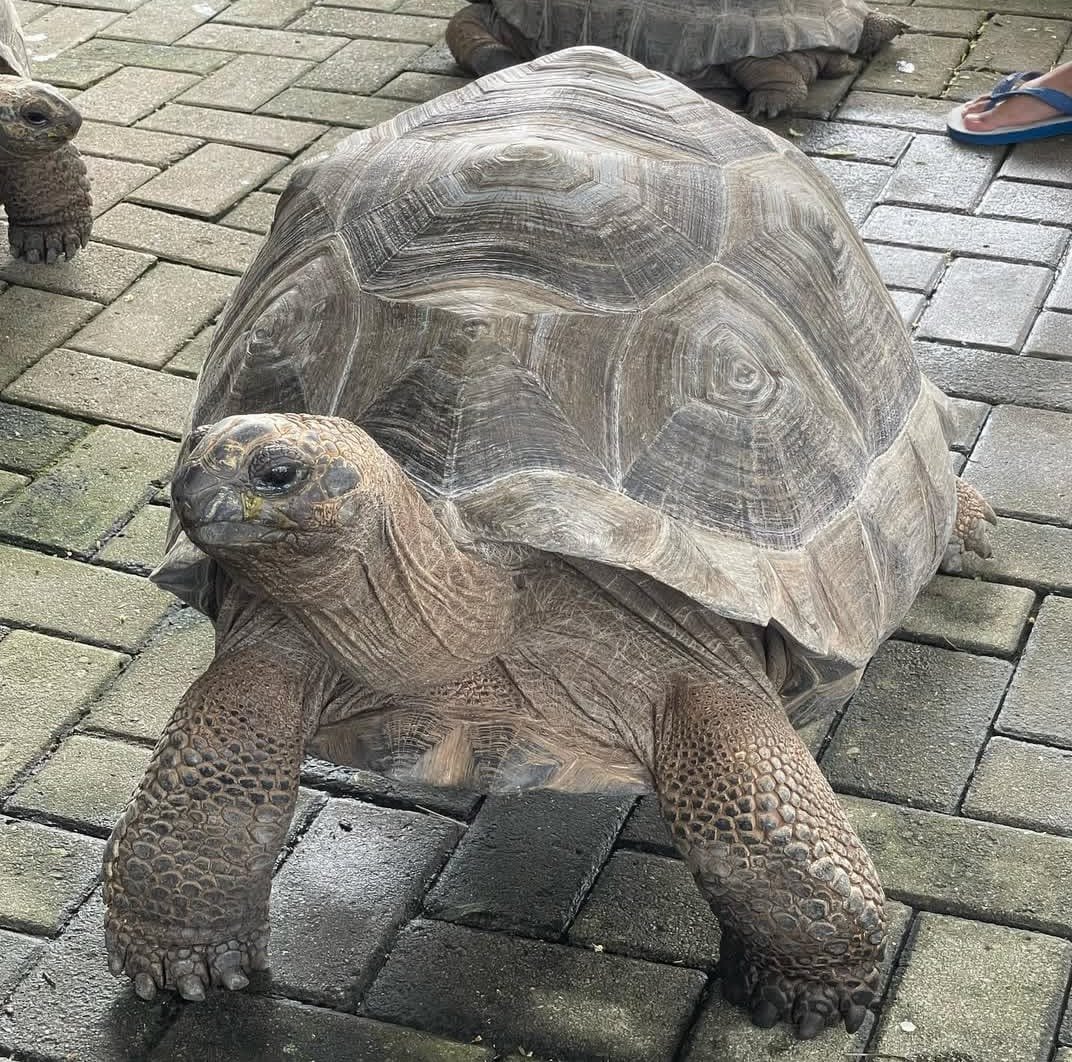
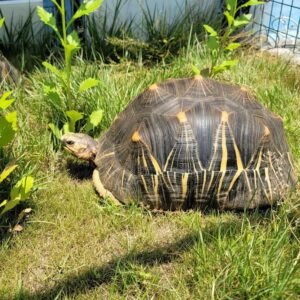
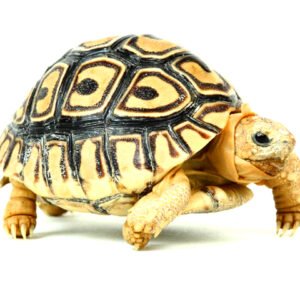
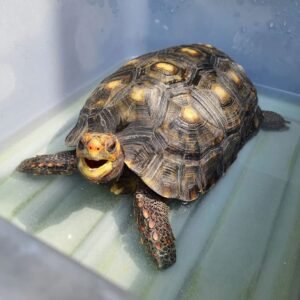
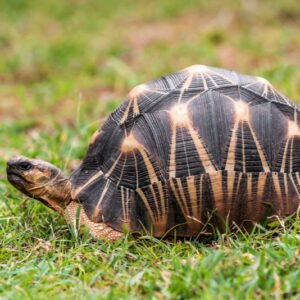
Reviews
There are no reviews yet.